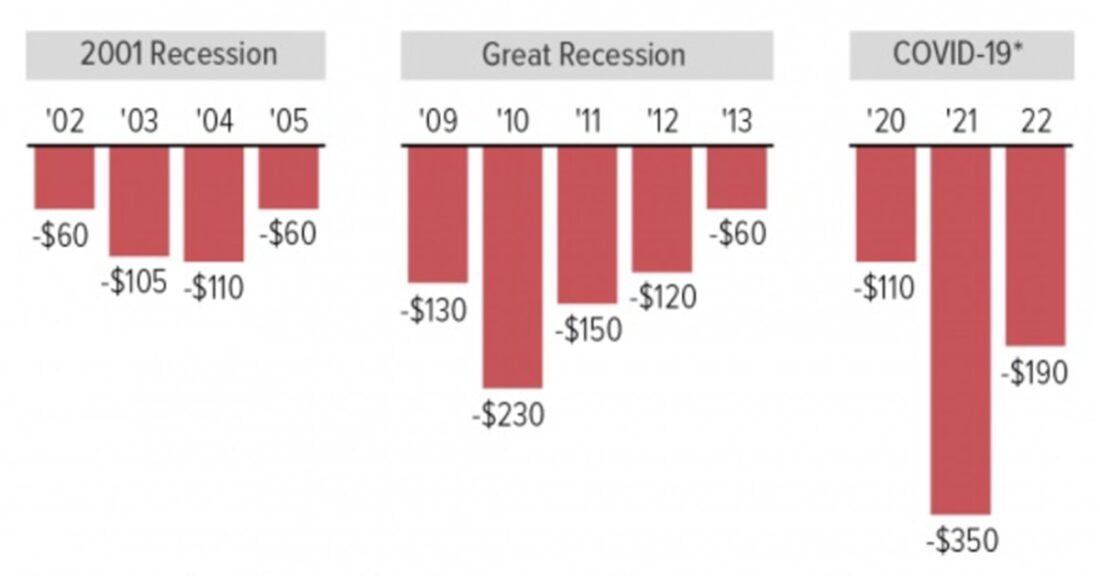Strategies for Child Welfare Leaders Facing Post-COVID Budget Cuts

Although the arrival date of a COVID-19 vaccine is uncertain, experts agree that the economic fallout from the pandemic will be felt long after the virus is contained. With state budget shortfalls over the next several years projected to be the highest ever on record, social service agencies across the nation can expect to see vast reductions in funding. These cuts are especially troubling at a time when systems are increasingly flooded with families pushed to the brink by job loss, isolation and other COVID-related stressors.
Poised for Action: COVID-19, Child Welfare Budgets and Building for an Equitable Future, a new 24-minute webinar from the Annie E. Casey Foundation, lays out a plan for how child welfare agencies can manage the fiscal implications of the evolving pandemic.
“Now is the time to find savings, focus on equity, prioritize families and work differently,” says Rodney Brittingham, associate director of the Foundation’s Child Welfare Strategy Group and copresenter on the webinar.
The presentation also taps the expertise of veteran child welfare financing consultant Dennis Blazey, who sets the context for the discussion by revisiting the 2001 and 2008 recessions to review their impacts on child welfare agencies and communities. This is an exercise that can help systems leaders anticipate the likely effects of the current pandemic.
Next, Brittingham makes the case for a strategic response to the inevitable budget reductions that avoids common crisis pitfalls, including blunt, across-the-board cuts that lead to spikes in removals, caseworker loads and placement costs.
By considering the past as prologue, Blazey and Brittingham frame the present crisis as a chance to boldly reimagine how child welfare systems work — by prioritizing prevention, supporting birth and kin families, eliminating group care and advancing equity at every juncture.





